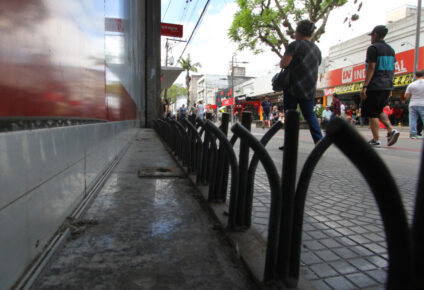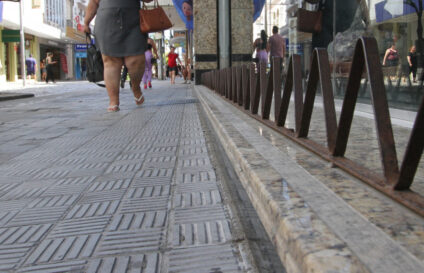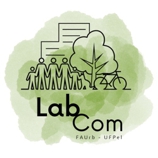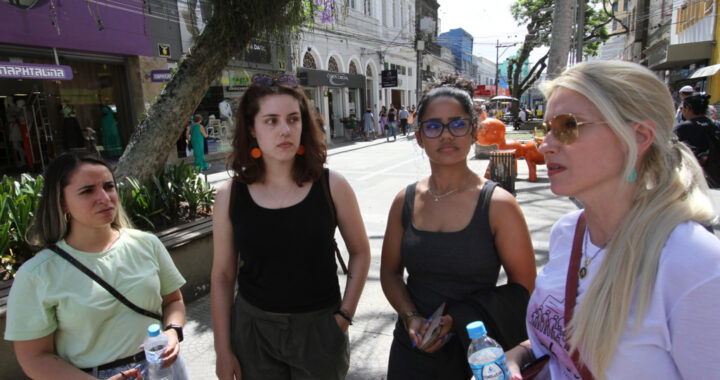
Application of pointed structures in the building alignment of establishments on the boardwalk demonstrates the intention to repel people who might want to stay in this location.
President Jair Bolsonaro (PL) fully vetoed bill 488/2021, which became known as the “Law Padre Júlio Lancelotti”. The veto, which can still be overturned by Congress, was dispatched by the president this Tuesday (13) and published in the Official Gazette (DOU) this Wednesday (14).
The project that aims to put an end to the space policy of Hostile Architecture had been approved by the Senate and the Chamber. The name arises due to the fight against social and spatial inequalities carried out by Lancelotti, known mainly for his strong work in policies that help homeless people.
“Benches with uncomfortable dividers and shapes, sharp stones under overpasses, railings around squares and gardens, walls with metallic pins, buildings without marquees or with scheduled water dripping, electric fences and barbed wire. The elements and materials used to keep away people in public spaces are many and end up influencing the way individuals experience the municipalities and live with each other. Hostile architecture, a term that encompasses all barriers and urban designs that seem to say ‘don’t feel at home’, is part of reality of most cities around the world and has been raising debates about the impact of these actions, mainly through social networks.”
reporter Winnie Hu’s definition of hostile architecture (The New York Times)
The city of Pelotas (RS) is not exempt from these exclusionary manifestations. Speaking for interests in the south of the state, Diário Popular carried out an article on manifestations of hostile architecture in the center of Pelotas, especially on the comercial pedestrian streets. Formed in 1938, it is the oldest newspaper in Rio Grande do Sul and has its trajectory linked to the development of Pelotas and region. To this end, the Diário Popular report invited professor Dr Adriana Portella from the Faculty of Architecture and Urbanism (FAUrb-UFPel), coordinator of the University’s Behavioral Studies Laboratory (LabCom), which since 2016 has studied impacts of society’s behavior on the environment. Together with three research students within LabCom, a walk through the city center, with analysis and debates was held. In addition, an interview was also conducted with Father Júlio Lancelotti on the subject. Read the full article here.

In the center of Pelotas (RS), discrete manifestations of hostile architecture have been present for some years now.

